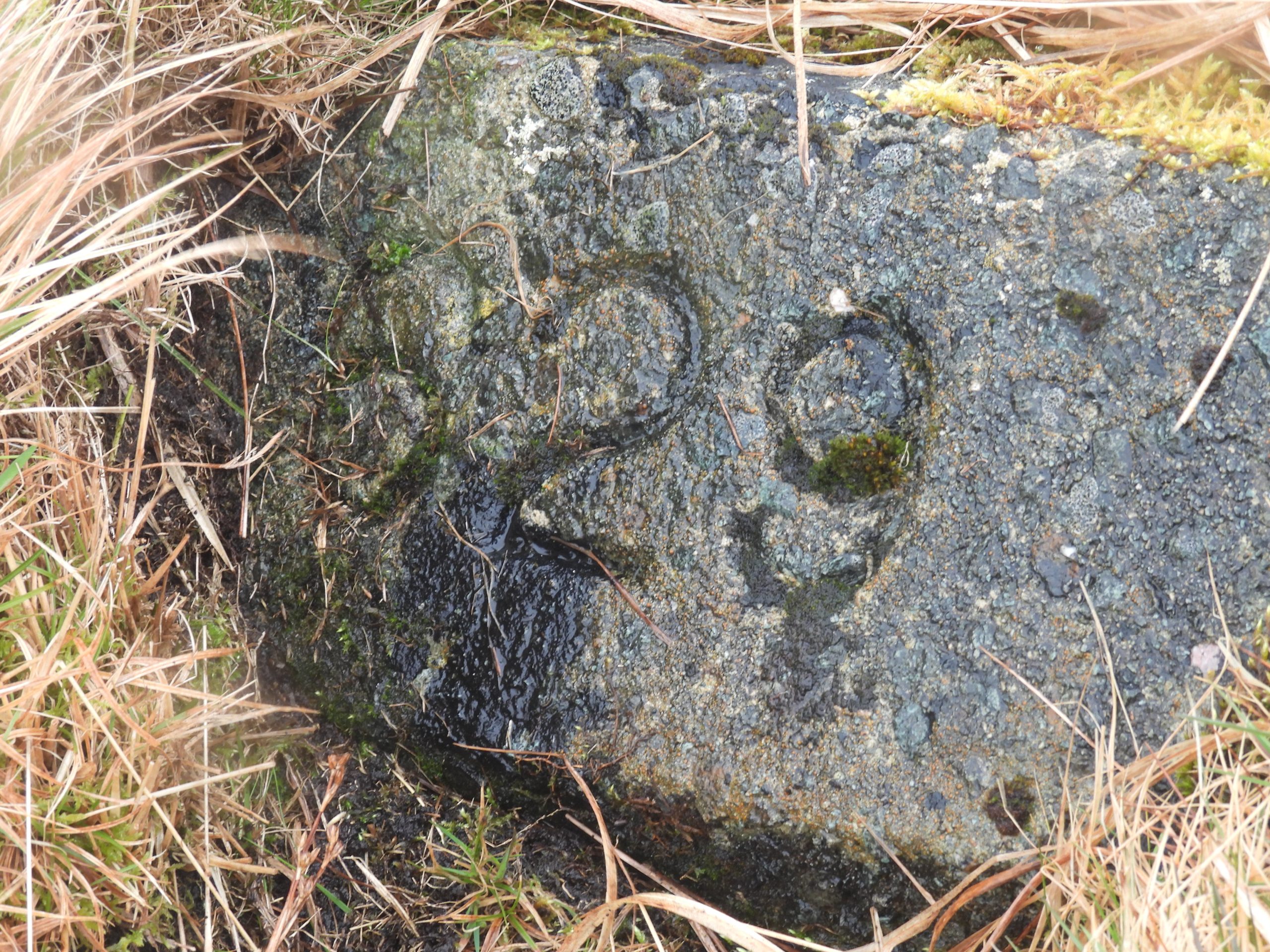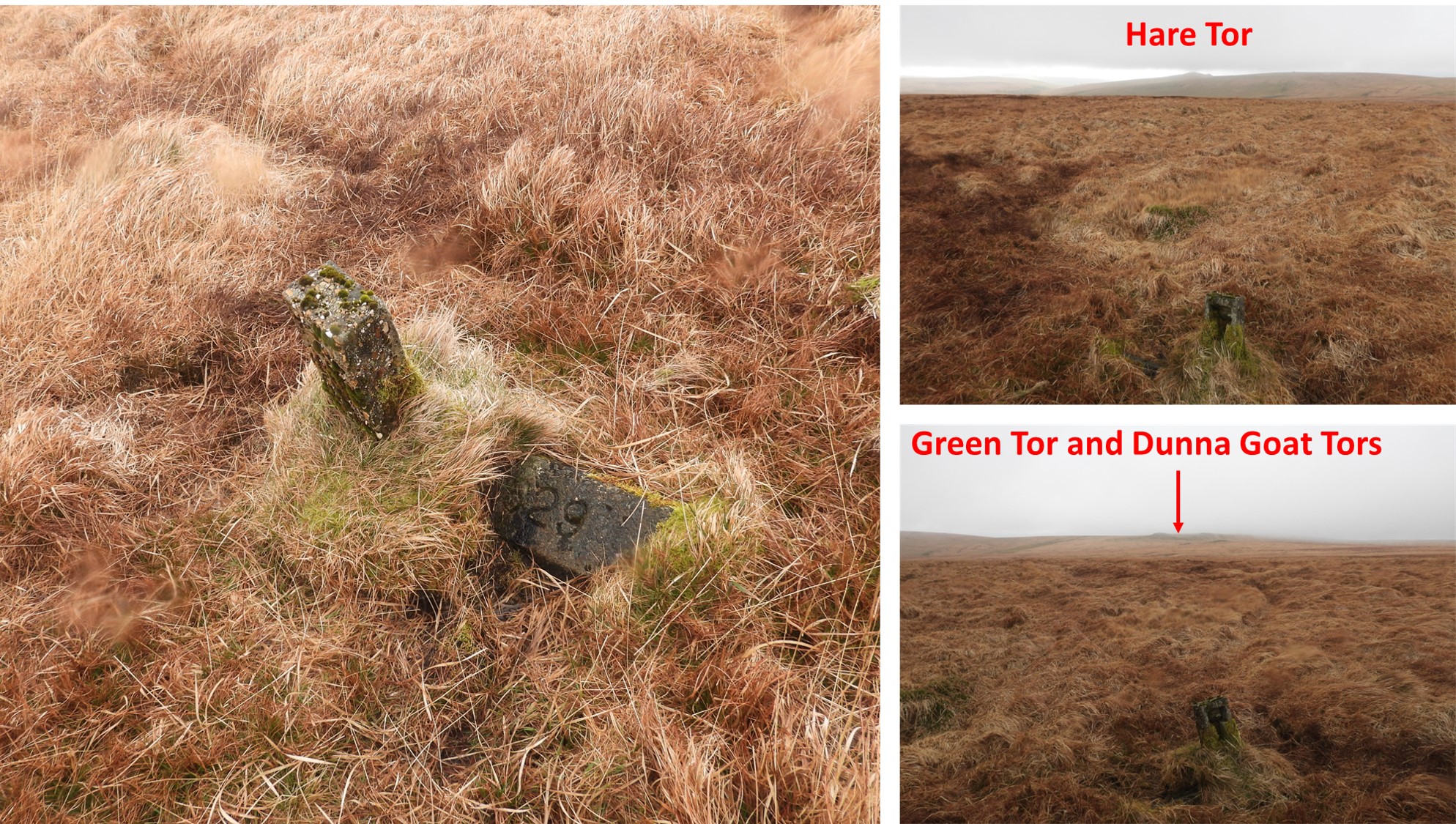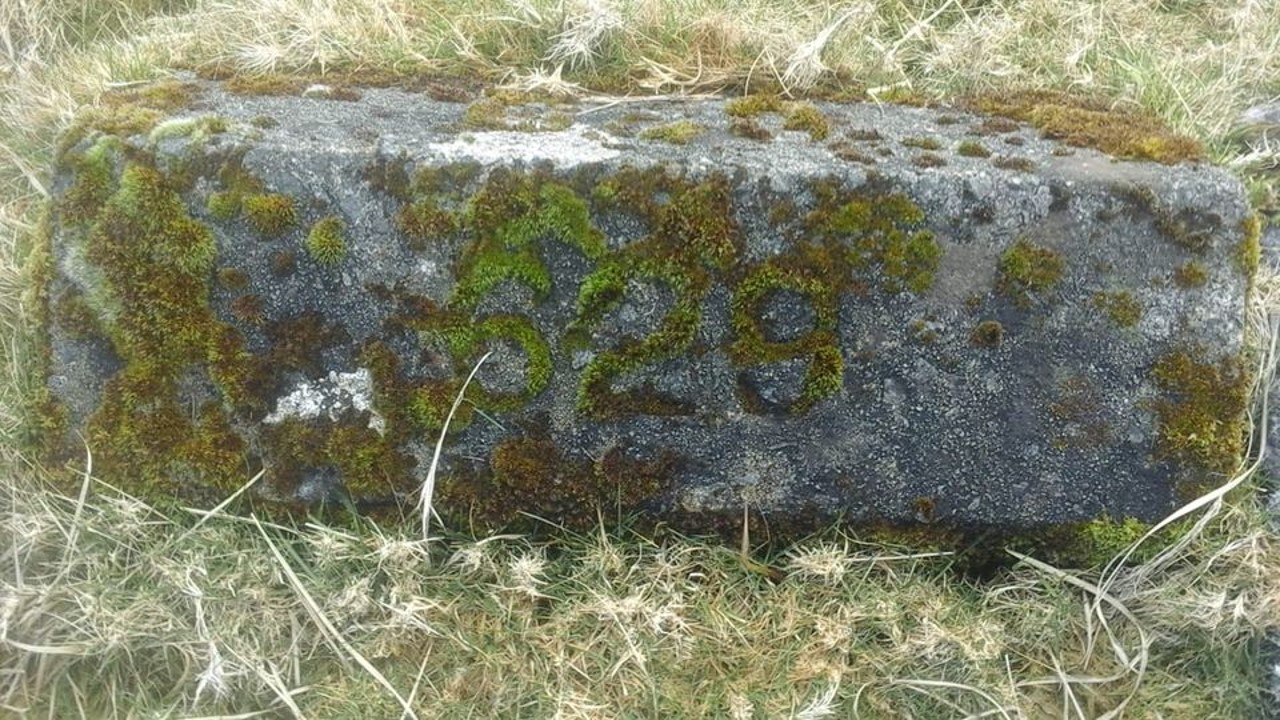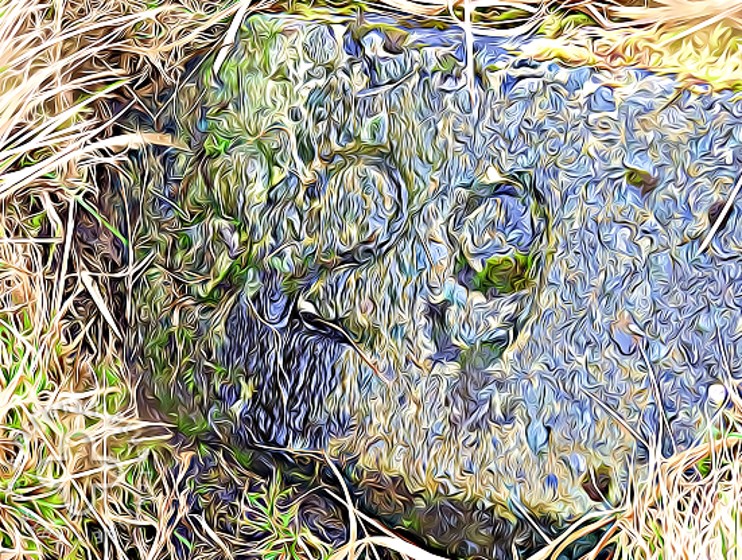In the late 1980’s / early 1990’s, the author found a stone inscribed with ‘629’ on it, south of Limsboro’ Cairn (Lynch Tor) quite close to the peat cutters track which leads up from Wapsworthy Common and runs around the aforementioned tor and also down into the Walkham Valley. The author thought that it was almost certainly of military origin, but it wasn’t until 2001 that the true meaning of the inscription was revealed. In the Spring issue (no. 62) of the Dartmoor Magazine, a letter by R.L.G. Seidal was published in the magazine asking if anyone could shed light on 5 such ‘629’ stones they had found on the moor. An answer to the question came in the Summer issue (no. 63) of the magazine by A.H Clark, Lt Col (Retd), Commandant Dartmoor Training Area, Okehampton, Devon. It was revealed by Lt. Col Clark that: “….these block mark precisely the buried junction points of the military range safety telephone system. The use of 629 escaped me, until Mr Colin Hutchings, until recently an Okehampton based MOD Technician, recalled that back in the 1960’s, 629 Signal Works Troop, from Crownhill in Plymouth was responsible for maintaining line communications on Dartmoor. Hence their unit number marks the concrete blocks”.
Therefore, these blocks are around 60 years old. The author is aware of four such blocks, extant or otherwise; namely; 1. on the south of Limsboro’ Cairn, 2. north east of Cullever Steps, 3. near the summit of Amicombe Hill and 4. on the west side of Lints Tor. On visits over the last 10-15 years, the author has failed to re-find the Limsboro’ Cairn block, suspecting it may either be gone or vegetation has grown over the top of it. If any readers of this post are aware of any other extant blocks, the author would be most grateful in receiving details of their location(s).
Bibliography:
- Dartmoor Magazine – Spring 2001 (issue 62) – Letter from R.L.G. Seidal titled: ‘629’ Stones
- Dartmoor Magazine – Summer 2001 (issue 63) – Letter from A.H. Clark, Lt Col (Retd), titled: ‘629’ Stones












